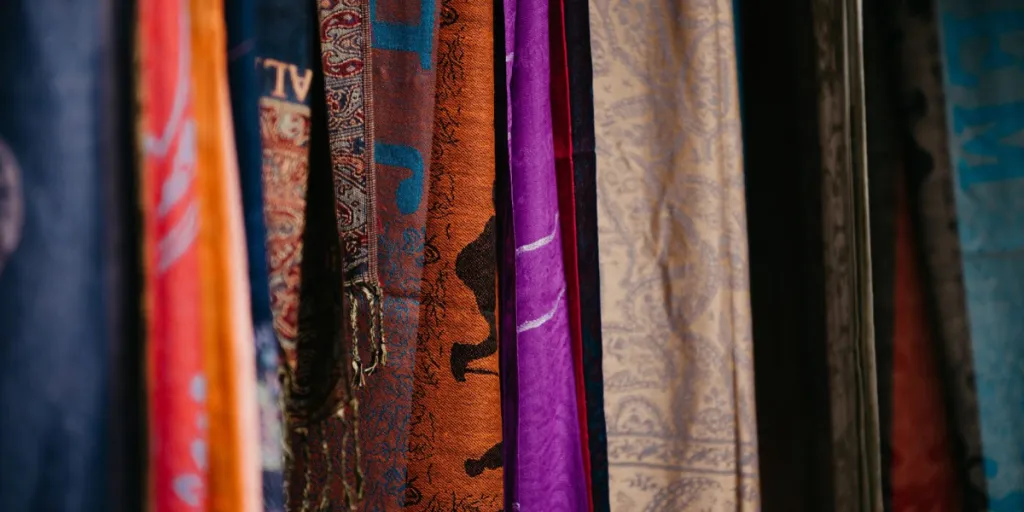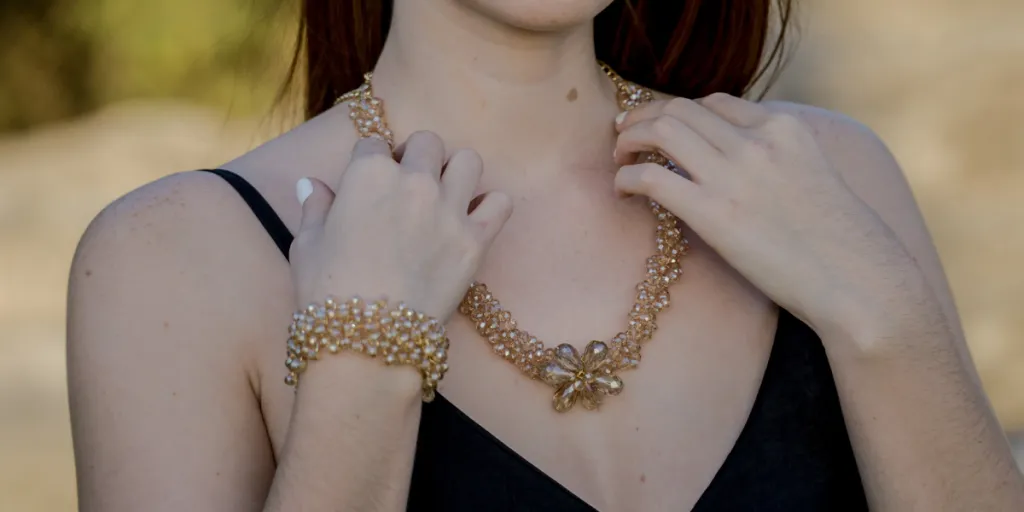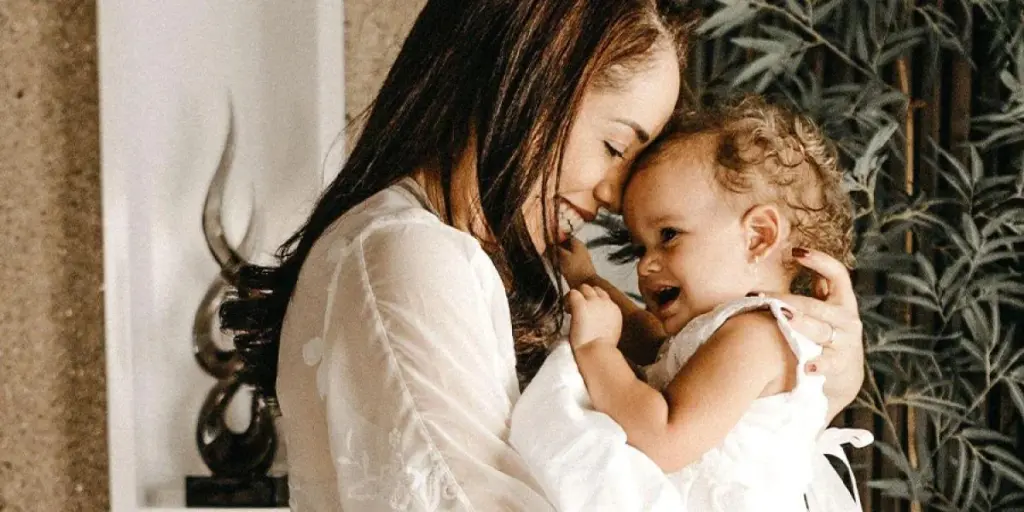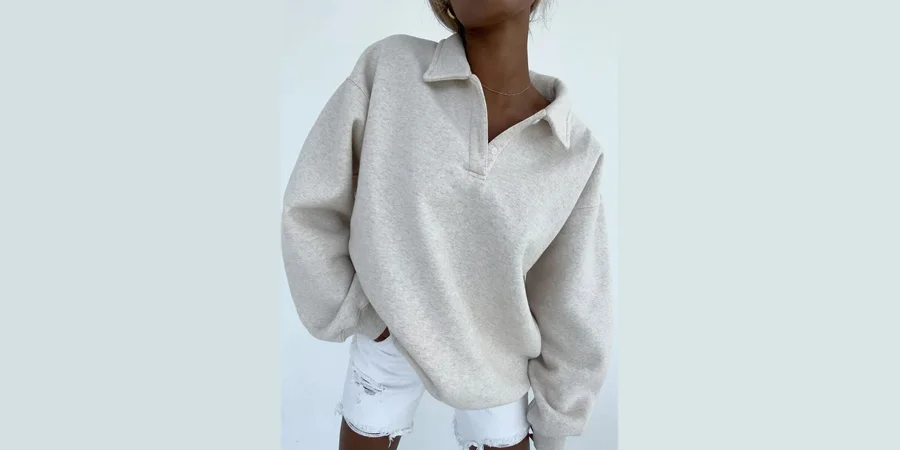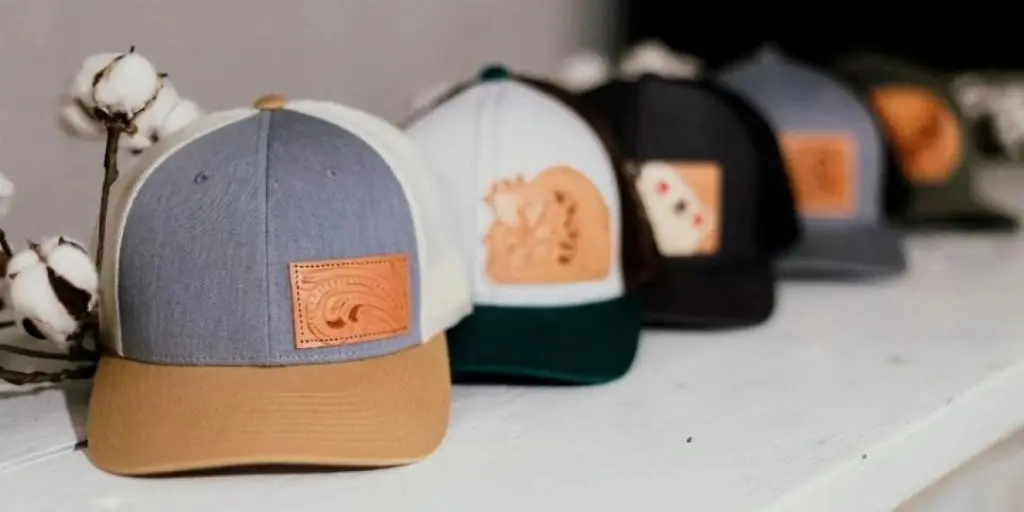The world of fashion is ever-evolving, with fabric trends playing a pivotal role in shaping the industry’s landscape.
From sustainable and eco-friendly fabrics to cutting-edge smart textiles, the fashion market is poised to witness a delightful blend of tradition and innovation.
In this article, we explore six fabric trends that are expected to dominate in 2024, captivating consumers and providing businesses with exciting opportunities to stay ahead in this dynamic and competitive sector.
Table of Contents
The importance of fabric in fashion
6 essential fabric trends for 2024
Stocking up on the best fabrics
The importance of fabric in fashion
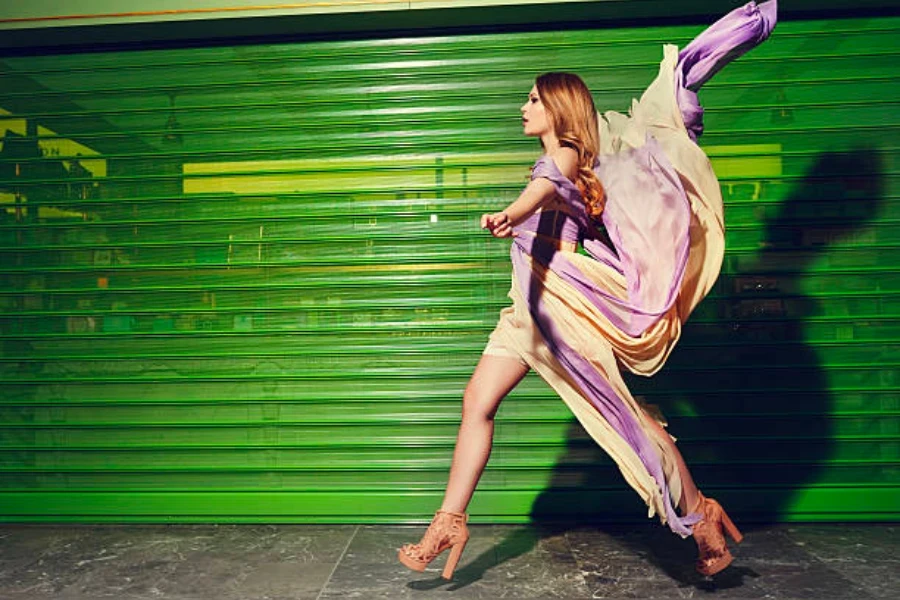
The importance of fabric in fashion cannot be overstated, as it plays a pivotal role in influencing consumers’ purchasing decisions.
After recovering from the adverse effects of the pandemic in 2021, the global apparel industry faced new challenges in 2022 with high inflation impacting production costs and lowering consumer confidence.
However, there is still immense potential in the textile market, with the Value Added in Textiles projected to reach US$ 161.40bn in 2023 and an annual growth rate of 5.48% expected between 2023 and 2028.
Various factors, including a surge in apparel demand in developing countries, a rise in disposable income, a proliferation of retail stores, and rapid urbanization, drive this growth.
Businesses must keep an eye on these fabric trends to cater to evolving consumer preferences and ensure success in this dynamic and competitive industry.
6 essential fabric trends for 2024
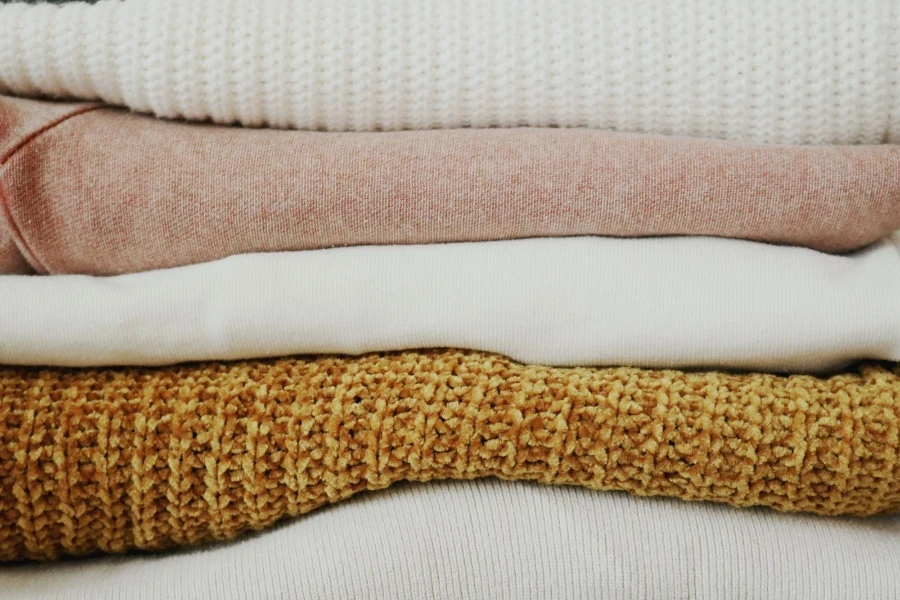
1. Sustainable and eco-friendly fabrics
With environmental consciousness on the rise, consumers increasingly seek clothing options that align with their sustainable values.
This trend is expected to witness a surge in fabrics made from organic, recycled, and biodegradable materials. Organic fabrics, sourced from natural fibers such as cotton, hemp, or bamboo, are cultivated without harmful chemicals, making them environmentally friendly and biodegradable.
On the other hand, recycled fabrics are derived from post-consumer waste like plastic bottles or discarded garments, reducing the burden on landfills and conserving resources.
Biodegradable fabrics break down naturally without harming the environment, providing a sustainable end-of-life solution for fashion products.
As more consumers prioritize eco-conscious choices, brands in the apparel industry are likely to emphasize using sustainable fabrics to meet these growing demands and contribute to a greener and more sustainable future.
2. Smart textiles
With the seamless integration of technology into fashion, these innovative textiles offer a plethora of cutting-edge features that cater to the evolving needs of consumers.
Smart textiles are often made using advanced materials infused with nanotechnology or conductive fibers.
They possess remarkable capabilities, such as temperature regulation to adapt to changing weather conditions, moisture-wicking properties to keep wearers dry and comfortable during physical activities, and even activity tracking to monitor performance metrics in activewear and athleisure segments.
As people continue to prioritize health and fitness, the demand for these high-tech fabrics is expected to soar in 2024.
3. Natural and textured fabrics
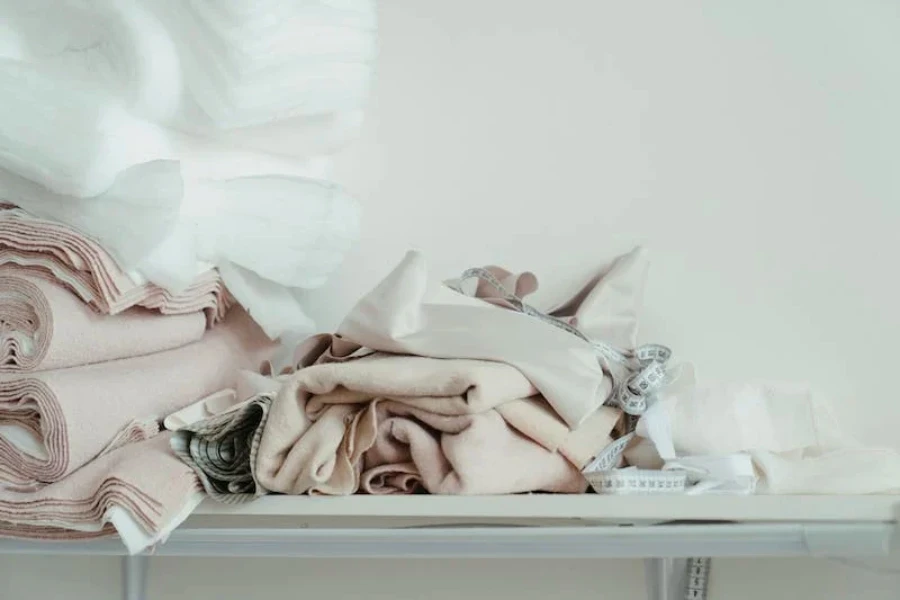
As consumers increasingly prioritize sustainable and eco-friendly choices, fabrics that exude a natural look and feel are expected to gain significant popularity.
Materials such as linen, hemp, and cotton are at the forefront of this trend, as they offer both sustainability and a distinct texture and aesthetic appeal. Linen, derived from the flax plant, is biodegradable and possesses a luxurious texture that breathes well, making it ideal for warm climates.
Hemp, known for its strength and durability, is also highly sustainable as it requires minimal water and pesticides to grow. Cotton, a classic favorite, remains a staple in the textile industry due to its softness and versatility.
These natural and textured fabrics satisfy consumers’ desire for environmentally conscious choices without compromising style and quality.
4. Digital and 3D printing
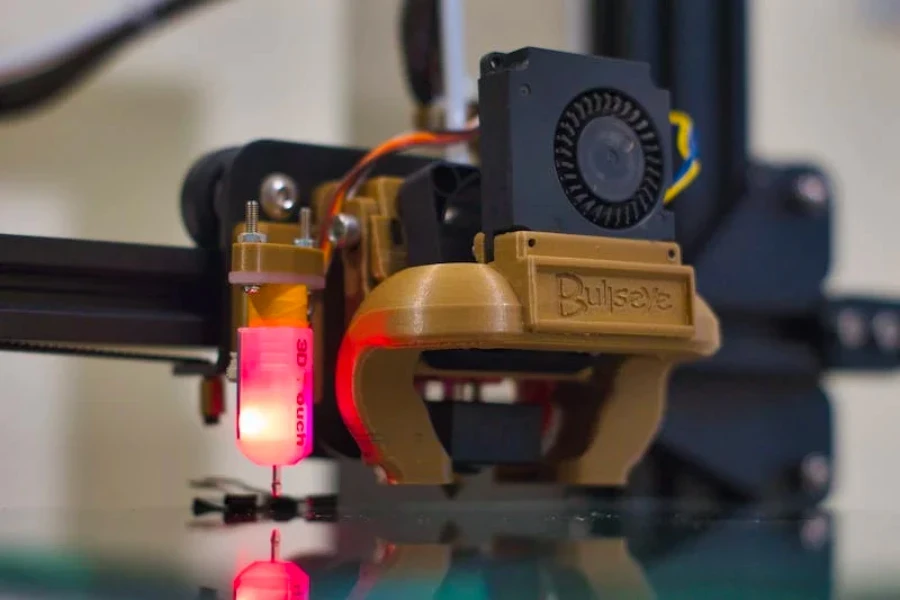
With remarkable advancements in printing technologies, the realm of fabric design is set to witness a revolution.
3D-printed fabric is typically made from a variety of materials, including synthetic fibers like polyester, nylon, or elastane.
The process involves using computer software to create intricate designs, which are then fed into the 3D printer. The printer deposits layers of material to build up the fabric, resulting in a customizable and innovative textile.
The texture of 3D-printed fabric can vary depending on the design and materials used, but it often has a modern and avant-garde appeal. Designers can experiment with unique patterns, textures, and even incorporate functional elements like pockets or fasteners directly into the fabric.
The possibilities for creativity and personalization are endless with digital and 3D printing, making it an exciting trend to watch in 2024 as it empowers the fashion industry to push boundaries and redefine traditional fabric aesthetics.
5. Retro and nostalgic fabric

As fashion trends often move in cyclical patterns, it is expected that fabrics once popular in past decades will make a comeback, blending the charm of yesteryears with modern updates to cater to nostalgia-seeking consumers.
Fabrics such as corduroy, velvet, and tie-dye prints, beloved in the 70s and 90s, might revive with contemporary reinterpretations. Corduroy, known for its distinctive ribbed texture, offers a cozy and vintage appeal that resonates with fashion enthusiasts looking for a touch of nostalgia.
With its plush and luxurious feel, Velvet exudes elegance and timeless sophistication. And tie-dye prints, celebrated for their psychedelic and bohemian vibe, evoke fond memories of carefree and artistic expressions.
These retro fabrics, infused with modern touches and creativity, provide a unique opportunity for businesses to tap into the emotional connection consumers have with past eras and offer them updated versions of classic styles.
6. Metallic and iridescent fabrics
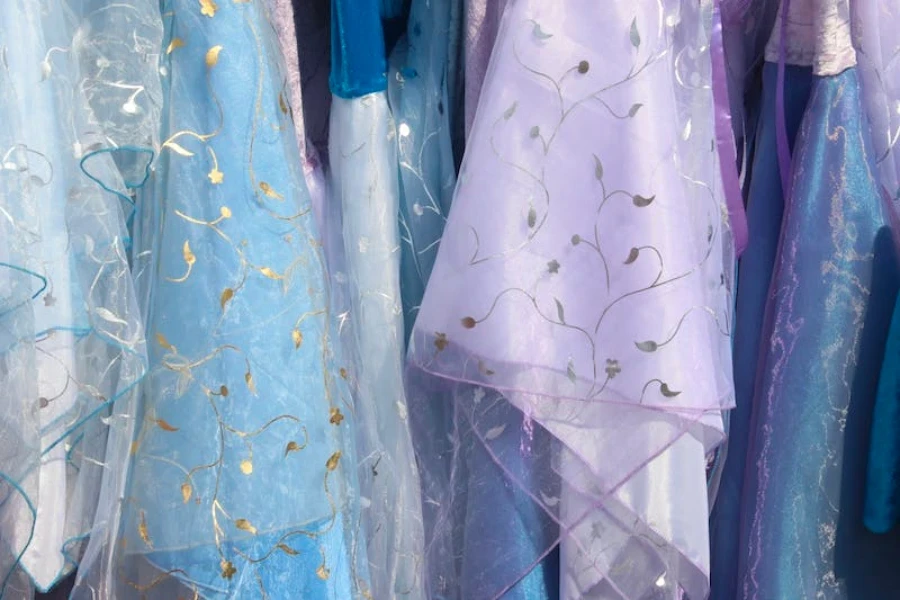
These fabrics, characterized by their shiny and reflective surfaces, offer a futuristic and eye-catching element that can elevate clothing and accessories to a whole new level.
Metallic fabrics are often made from synthetic materials like polyester, nylon, or spandex, infused with metallic finishes or coatings to achieve their luminous appearance.
On the other hand, iridescent fabrics feature a unique play of colors, shifting hues depending on the angle of light, thanks to the incorporation of special pigments or coatings.
The captivating visual effect of these fabrics adds a touch of glamor and sophistication to any design, making them particularly appealing for evening wear, party attire, and statement accessories.
As fashion embraces innovative and bold aesthetics, metallic and iridescent fabrics are expected to trend in 2024, allowing designers and businesses to create show-stopping pieces that capture attention and allure the modern consumer seeking to make a shimmering statement.
Stocking up on the best fabrics
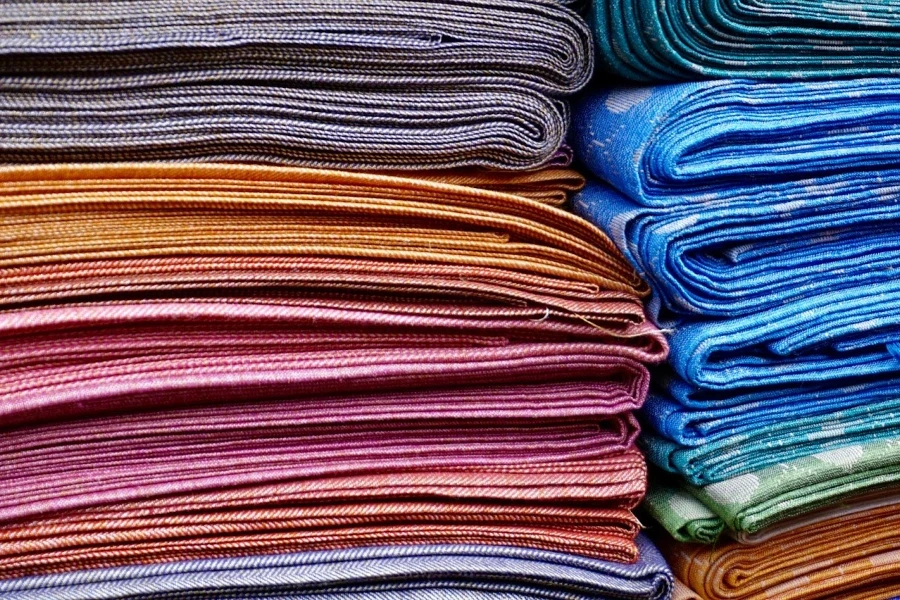
In the fast-paced and ever-changing world of fashion, fabric trends continue to inspire designers and captivate consumers.
As we conclude our exploration of the six fabric trends expected to take center stage in 2024, it is evident that the industry is witnessing a harmonious blend of the past and the future.
From the resurgence of retro and nostalgic fabrics, tapping into our collective longing for the bygone eras, to the futuristic allure of metallic and iridescent textiles, each trend offers a unique opportunity for businesses to showcase their creativity and cater to evolving consumer preferences.
Additionally, the emphasis on sustainability and eco-conscious choices reflects the growing environmental consciousness among consumers and underscores the importance of responsible practices in the fashion industry.
By staying on top of these fabric trends, businesses can navigate the evolving fashion landscape and bring forth captivating and innovative designs that will resonate with consumers in 2024 and beyond.
